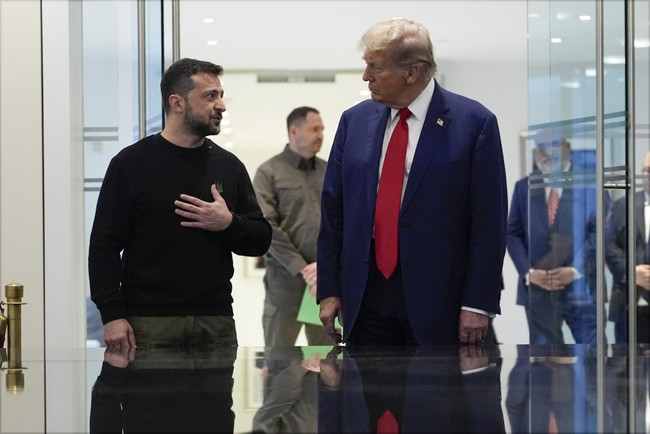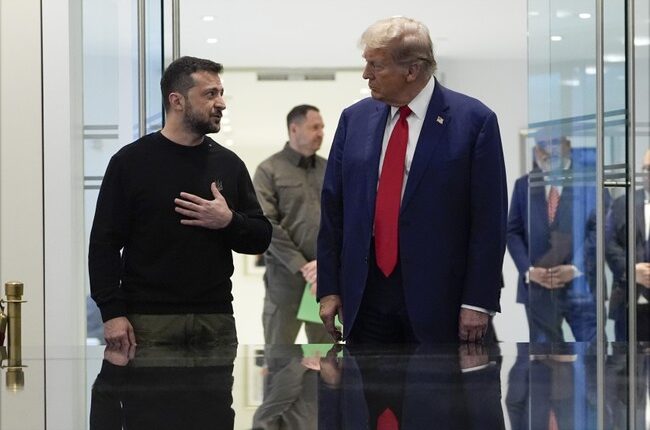
In an interesting bit of news out of Eastern Europe, Ukraine has agreed to a proposal from the Trump administration on American access to strategic minerals in Ukraine.
Ukrainian officials say Kyiv is now ready to sign the agreement on jointly developing its mineral resources, including oil and gas, after the US dropped demands for a right to $500bn in potential revenue from exploiting the resources.
Although the text lacks explicit security guarantees, the officials argued that they had negotiated far more favourable terms and depicted the deal as a way of broadening the relationship with the US to shore up Ukraine’s prospects after three years of war.
“The minerals agreement is only part of the picture. We have heard multiple times from the US administration that it’s part of a bigger picture,” Olha Stefanishyna, Ukraine’s deputy prime minister and justice minister who has led the negotiations, told the Financial Times on Tuesday.
The terms of the deal are not yet released, although the Financial Times claims to have seen them:
The final version of the agreement, dated February 24 and seen by the FT, would establish a fund into which Ukraine would contribute 50 per cent of proceeds from the “future monetisation” of state-owned mineral resources, including oil and gas, and associated logistics. The fund would invest in projects in Ukraine.
It excludes mineral resources that already contribute to Ukrainian government coffers, meaning it would not cover the existing activities of Naftogaz or Ukrnafta, Ukraine’s largest gas and oil producers.
However, the agreement omits any reference to US security guarantees which Kyiv had originally insisted on in return for agreeing to the deal. It also leaves crucial questions such as the size of the US stake in the fund and the terms of “joint ownership” deals to be hashed out in follow-up agreements.
This raises a few concerns.
First, this appears to not be so much an agreement (bear in mind we haven’t seen the actual deal yet) as just the framework of an agreement. Precisely what the United States will offer in the way of support and what we get out of it in return isn’t completely clear.
Second, this framework appears to exclude the majority of Ukraine’s gas and oil production. But that isn’t necessarily a bad thing. Here in the United States, we have ample oil and gas resources of our own, and the various nations of Western Europe could use a friendlier source than Russia.
Europe doesn’t have the strength, or the will, to counter Russia on its own. That’s why they have been seeking, all along, American involvement. The Biden administration was content to shovel billions into Ukraine. And it appears to be baffling Europe in general and Ukraine in particular that an American president might ask, “What’s in it for us?”

















